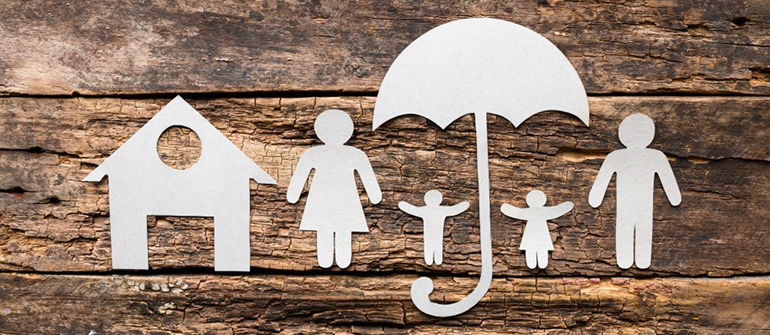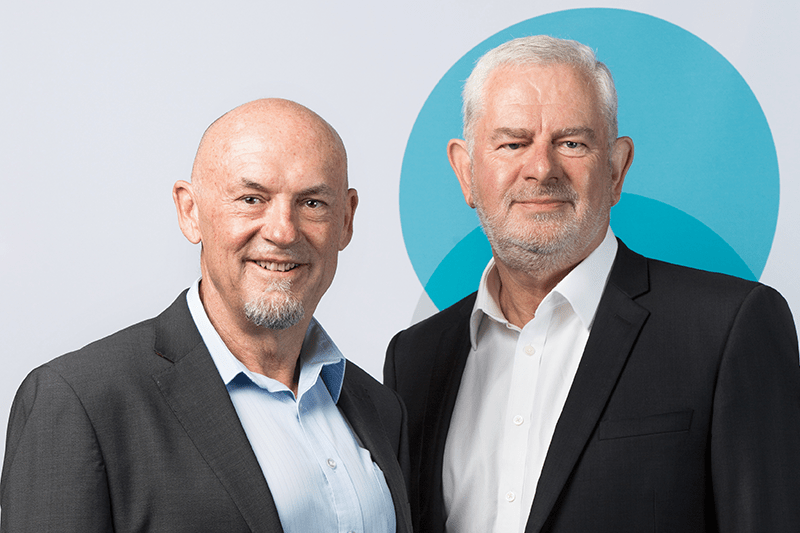By Peter Kelly on 14 March 2018
Hardly a week goes by without mainstream media reminding us of Australia’s predominantly East Coast housing affordability crisis and just how difficult it is for young people to break into the housing market and buy their first home.
The government has introduced initiatives such as the First Home Super Savers scheme, however, this is still in its infancy, and whether it has the capacity to deliver a meaningful outcome remains to be seen.
From 1 July 2018, we will see the introduction of downsizer contributions that will enable eligible individuals to sell their home and contribute surplus proceeds to super without having to meet the usual conditions that apply to contributions. I am still to be convinced that this will alleviate the housing affordability crisis in any meaningful way.
Home lenders have been tightening their lending criteria over recent years and many are now looking for home buyers to have a minimum deposit of 20% of the purchase price before they will approve a loan.
As housing prices have continued to spiral, particularly in Sydney and Melbourne, the prospects of any young people having saved a 20% deposit is becoming increasingly difficult. After all, 20% of a $600,000 purchase is $120,000!
So, how can someone borrow for a home if they cannot manage to save their 20% deposit?
There seem to be a couple of solutions:
- Get Mum and Dad to lend or gift the shortfall.
It is not uncommon these days for Mum and Dad to either lend the deposit to their kids or gift the money to them. Often this involves Mum and Dad withdrawing part of their super to give their kids a lift up into the housing market. Whether this is an appropriate strategy is very much dependent on individual personal circumstances and the capacity to help kids out.
Importantly, if lending the deposit to the kids, what is the likelihood of that money being repaid? Changes in circumstances – loss of job, starting a family, and relationship breakdown can often jeopardise the capacity of the kids to repay the loan to Mum and Dad.
- Mortgage insurance.
Where borrowers don’t have their 20% deposit saved, lenders will often require a borrower take out mortgage insurance.
I will not dwell on mortgage insurance in this article, however, anecdotally it seems to be quite an expensive option. Perhaps we will address this in more detail in a future blog.
- Personal guarantee
Increasingly, we are seeing more and more Mums and Dads agreeing to provide a guarantee of all or part of their kid’s loans.
If planning to go down this path, it is essential to do your homework.
Providing a guarantee for your kid’s loan will often involve Mum and Dad providing some form of security for the guarantee. Generally, the kid’s home loan lender will take a mortgage on Mum and Dad’s home.
Just think – you spend your life paying off your own mortgage only to have a bank wanting to take security over your home once you are unencumbered.
When you provide a guarantee you are inextricably participating in your kid’s financial future.
If they were to slip up on their repayments and the lender were to pursue Mum and Dad under the guarantee, the parents could end up losing their own home. This is a particular risk if the housing market experiences volatility or interest rates start to rise.
If planning to provide a guarantee for your kid’s loans – whether housing loans or other forms of finance – go into it with your eyes wide open.
Just last week I was speaking to a colleague who was telling me their clients have deferred their retirement because they are now repaying a $300,000 loan as a result of having guaranteed their son’s business loan. And their son is still living the high life, driving around Melbourne in his BMW X5!
Providing guarantees can be fraught with difficulties. By all means, help your kids out. After all, many parents see this as a way of helping their children get a step up in life. But understand exactly what you are getting in to.



comments